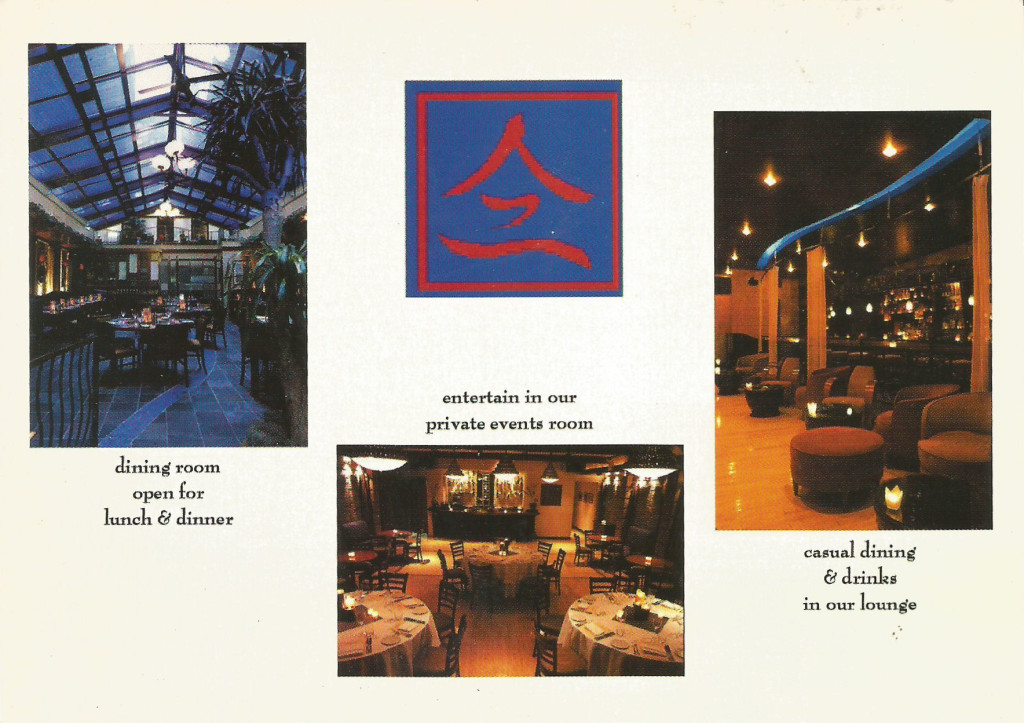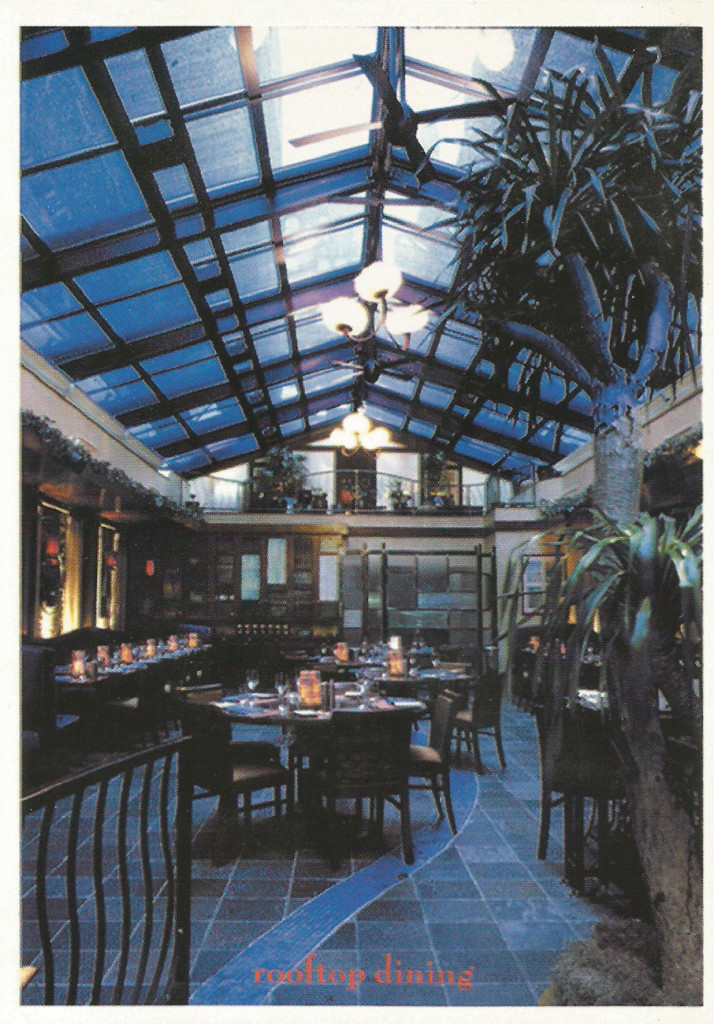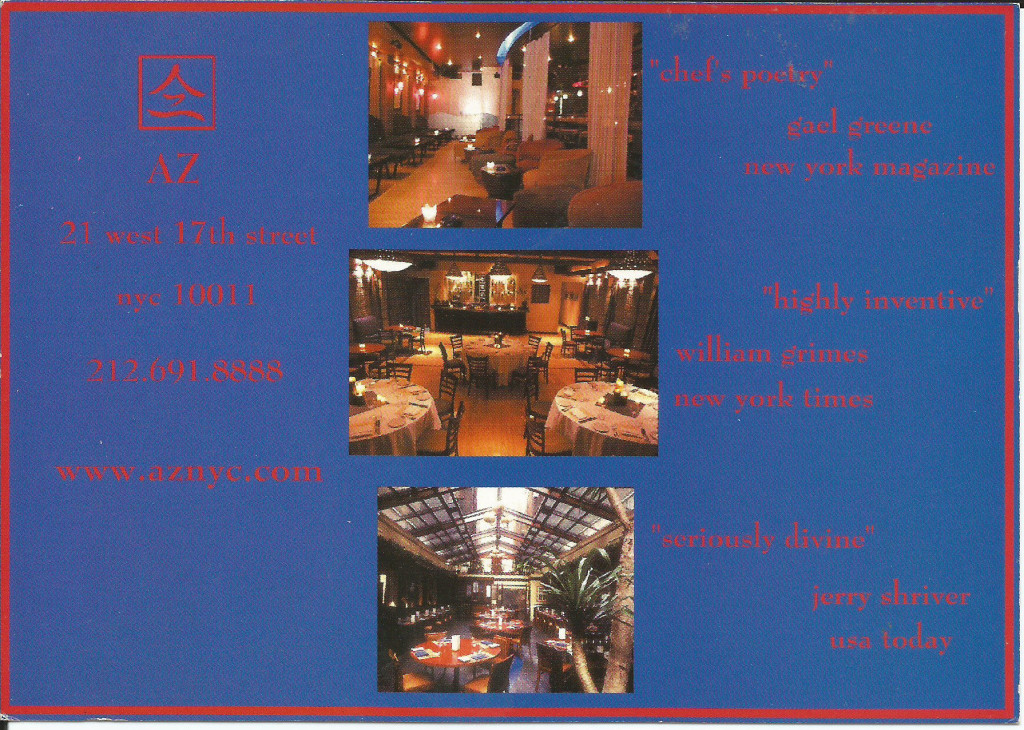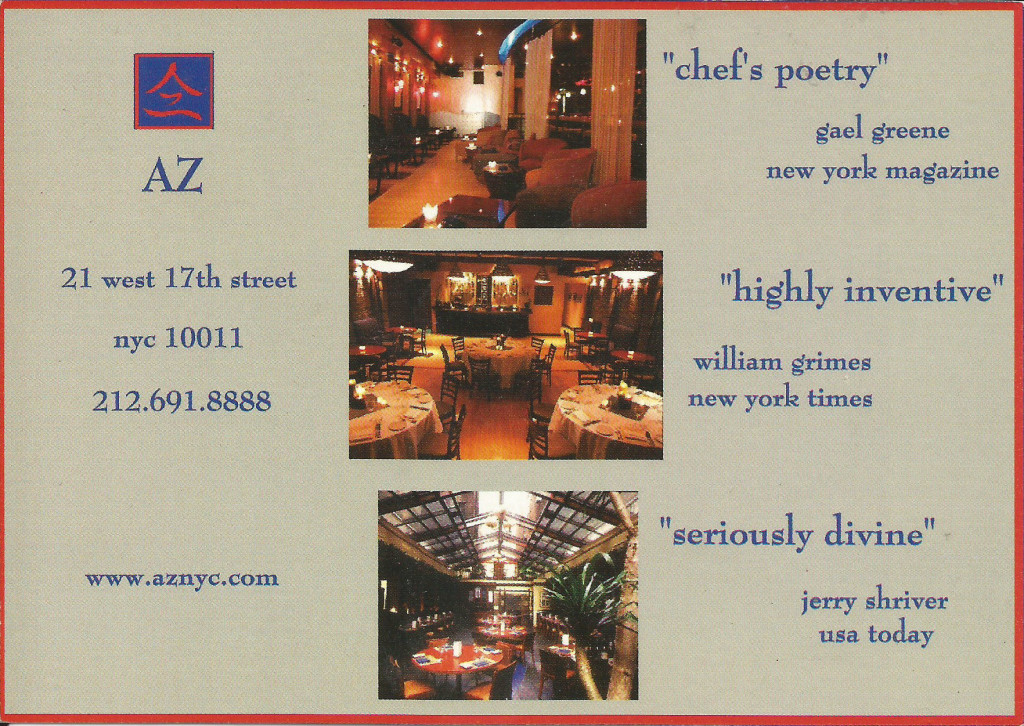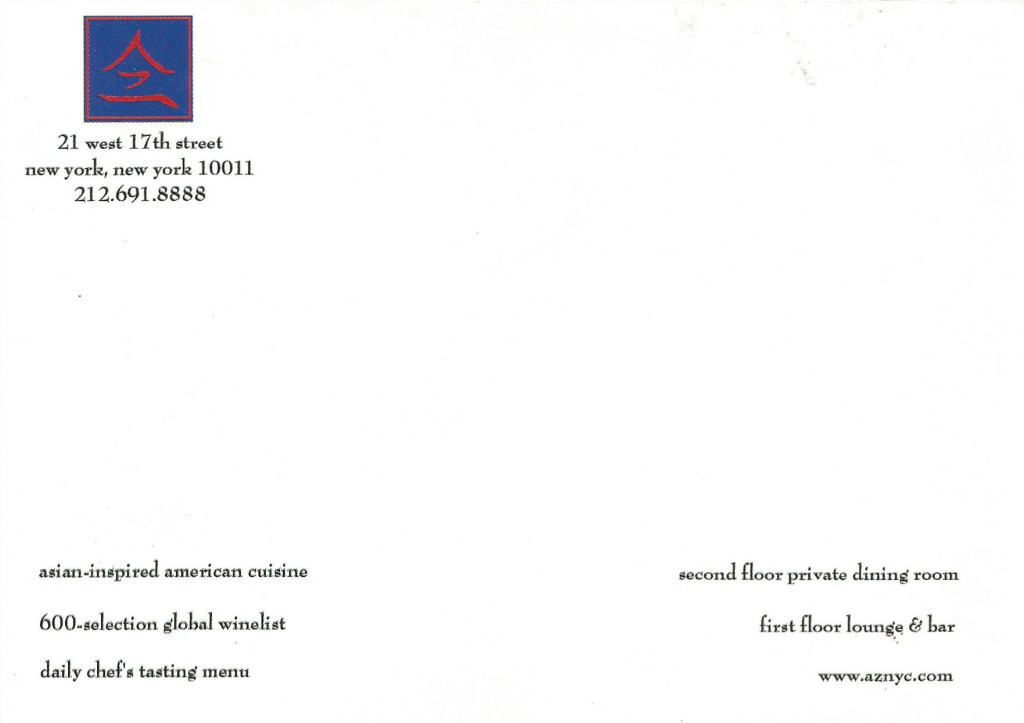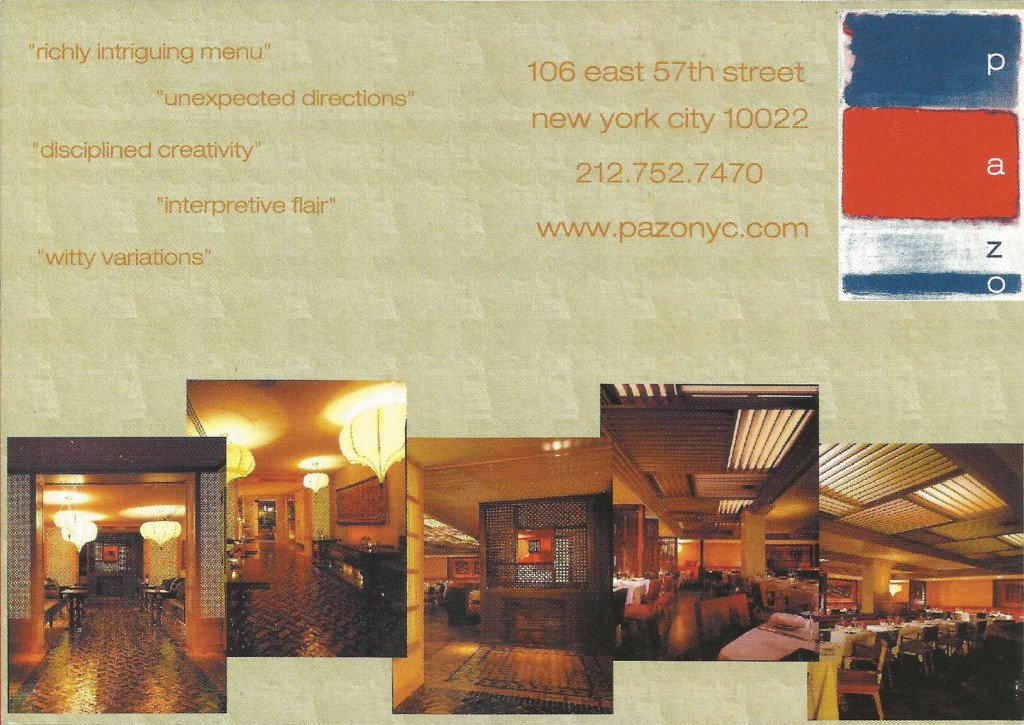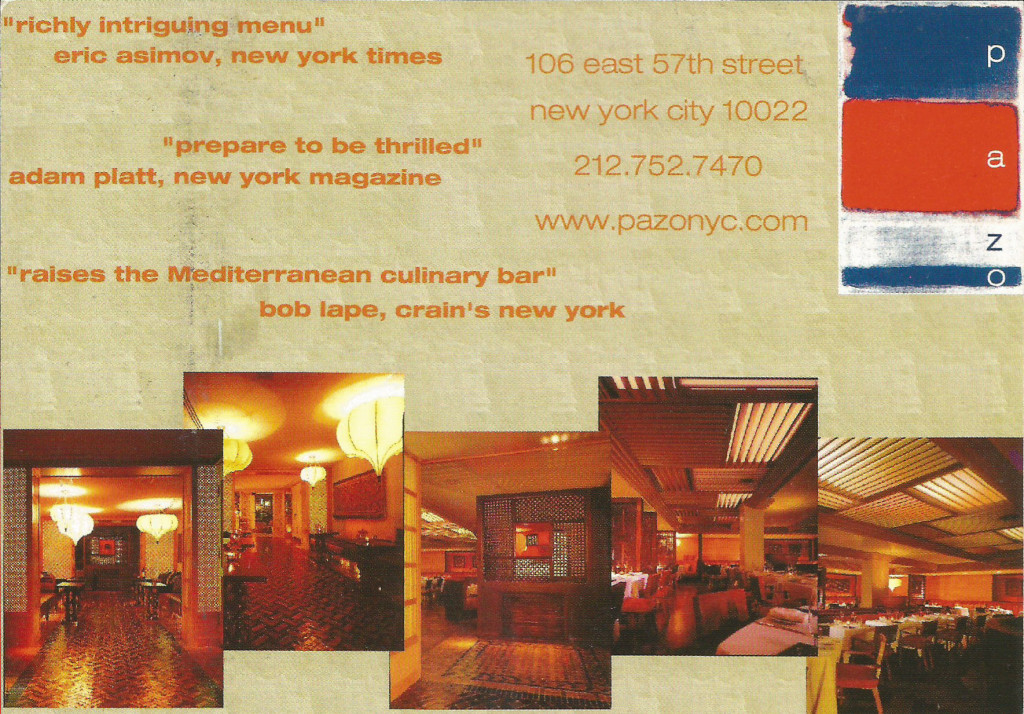
Happy New Year Everyone!
“To be offended by the visual appearance of another person is prejudice, akin to racism. The right to exist, uncovered, should hold precedence over the right not to view this, for the objection is irrational.” – Terri Sue Webb – nude cycling activist…
I just saw this piece from a week ago:
The Associated Press
Updated: 7:04 p.m. ET Dec. 22, 2004
MEXICO CITY – There’s a city in Mexico that’s making it illegal for citizens to be naked — inside their own homes.
Officials in the southeastern city of Villahermosa confirm that the city council has adopted a law banning indoor nudity.
A council member who opposes the idea says he’s not sure how it’ll be enforced.
But a councilwoman who supports it says she’s confident that citizens who catch a glimpse of violators while walking past their windows will report them to police — even though the law also threatens jail for peeping Toms.
She describes the law as “zero tolerance” for “a lack of morality.”
© 2004 The Associated Press. All rights reserved. This material may not be published, broadcast, rewritten or redistributed. (and my apologies for bordering on violating that…)
“The majority of houses have a lot of ventilation and we give ourselves the luxury of going naked. Because we walk past the windows, you see a lot of things.”
– Councilwoman Blanca Estela Pulid
Opposition party Councilman Rodrigo Sanchez said in an interview that the measure, part of a larger series of prohibitions, “tramples on the rights of the citizens by taking laughable measures such as contemplating penalties for citizens who walk around nude inside their houses.”
“I have no idea how you detect the naked. You’d have to have a big operation to try to bring it under control,” he added.
This law, like many that on the face of them are inordinately silly, has generated lots of internet commentary (Google lists 20,400 references to this topic over the last week!). It should be noted that the law doesn’t actually ban citizens from being nude in their homes or anywhere else (despite the discussions I’ve found on whether one can still take one’s clothes off for doctor’s visits, to shower at the gym, to shower at the home even). It specifies that people are banned from “displaying themselves nude intentionally in public and private areas or inside the home, in the latter instances when it is in a way that is obvious to the public or to adjacent homes.” Nonetheless, it makes for great conversation! Here’s my favorite editorial on the topic where editor Fred Foldvary suggests, tongue-in-cheek, that we attach mini-cameras to horseflies and let them fly around while police monitor what they see. By the way, the penalty for violation of this law is either 36 hours in jail or the current equivalent of a $120 fine.
From Wikipedia:
In ancient Greece, athletic exercise played an important part of daily life. In fact, the Greeks credited several mythological figures with athletic accomplishments.
It was in the city-state of Sparta that the custom of exercising naked was first introduced. From there, it spread to the whole of Greece, and the athletes from all its parts, coming together for the Olympic Games and the other Panhellenic Games, would compete naked in almost all disciplines, such as boxing, wrestling, pankration, stadion and various other foot races, and the pentathlon (made up of wrestling, stadion, long jump, javelin throw, and discus throw). However, they did not perform in the nude during chariot races.
Evidence of Greek nudity in sport comes from the numerous surviving depictions of athletes (sculpture, mosaics, and vase paintings). Famous athletes were honored with a statue erected for their commemoration. A few writers have insisted that the athletic nudity in Greek art is just an artistic convention, finding it unbelievable that anybody would have run naked. This view could be ascribed to late-Victorian prudishness applied anachronistically to ancient times.
The word gymnasium (from Greek gymnasion), originally denoting a place for education of young men, is another testimony of the nudity in physical exercises; the word being derived from Greek gymnos, meaning “naked”. The more recent form gym is an abbreviation of gymnasium.
In Hellenistic times, Greek-speaking Jews would sometimes take part in athletic exercises. They were then exposed to ridicule because they were circumcised – a custom which was unknown in the Greek tradition.
The Romans, although they took over much of the Greek culture, had a different evaluation of nakedness. To appear naked in public was considered disgusting. However, athletic exercises by free citizens had partly been replaced by gladiatorial games performed in amphitheatres. The gladiators were recruited among slaves, war captives, and convicts. When fighting in the arena, against one another or against wild beasts, they would be armed with swords, shields, etc., but would otherwise be partly or totally naked (see Gladiator for particulars).
When Christianity in the fourth century became the state religion, gladiatorial games were soon abandoned, and the concept of nudity as ‘sinful’ took over.
In Japan, female sumo wrestlers wrestled in the nude. Today, females are not allowed to sumo wrestle, and the sport in general is considered sacred under Shintoism.
Sport in the modern sense of the word became popular only in the 19th century. Nudity in this context was most common in Germany and the Nordic countries, where Body culture was very much revered by Nazi ideologues. In the nordic countries also swimming in rivers or lakes was very popular and traditional. In the summer, there would be wooden bathhouses, often of considerable size accommodating numerous swimmers, built partly over the water. Hoardings prevented the bathers from being seen from outside. Originally the bathhouses were for men only; today there are usually separate sections for men and women.
For the Olympic Games in Stockholm in 1912, the official poster was created by a distinguished artist. It depicted several naked male athletes (their genitals obscured) and was for that reason considered too daring for distribution in certain countries. Posters for the 1920 Olympics in Antwerp, the 1924 Olympics in Paris, and the 1952 Olympics in Helsinki also featured nude male figures, evoking the classical origins of the games. The poster for the 1948 London Olympics featured a classical nude sculpture of a discus thrower.
A group from the southern U.S., having been invited in the 1950s to participate in a university students’ swimming competition in Stockholm, was surprised to find at their arrival at the (indoor) swimming pool that their swimming trunks were out of place; they swam in the nude like everybody else.
It is not uncommon for private clubs with male-only or female-only facilities to allow (for example) nude swimming. Some argue that in more private environments (whether at home or in, say a single-gender bathhouse), the less clothing one has on when exercising or doing any activity the better.
Stephen Gough, dubbed the Naked Rambler, in 2003/2004 made a long-distance walk from one end of the UK to the other, wearing only boots. He was arrested several times, and his walk was interrupted by two periods of jail time, together five months. Including these, the journey took seven months. He undertook his walk as a protest, in order to celebrate the naked human form, and to try to convince the public to stop being paranoid about the naked body. He observed that anti-nudity laws are more strictly enforced in Scotland than in England.
On 12 June 2004 over 1,000 people taking part in the World Naked Bike Ride in 24 mostly North American cities rode their bicycle either partially or totally nude in a light-hearted attempt to draw attention to the danger of depending on fossil fuels.





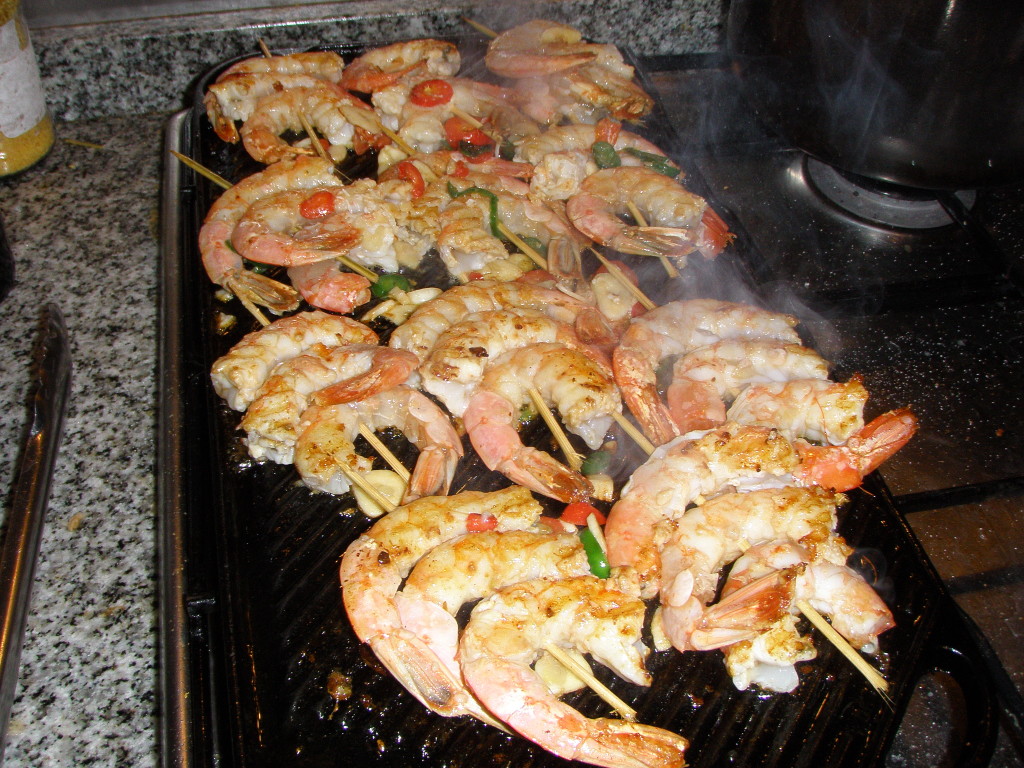 Food allergies are on the rise. In the U.S. alone, they are responsible for some 30,000 emergency room visits per year, and somewhere between 150-200 deaths! Shrimp allergies are among the more serious. Not a good thing. Not a joke. But some folks can’t seem to tell the difference between serious and a joke…
Food allergies are on the rise. In the U.S. alone, they are responsible for some 30,000 emergency room visits per year, and somewhere between 150-200 deaths! Shrimp allergies are among the more serious. Not a good thing. Not a joke. But some folks can’t seem to tell the difference between serious and a joke…

